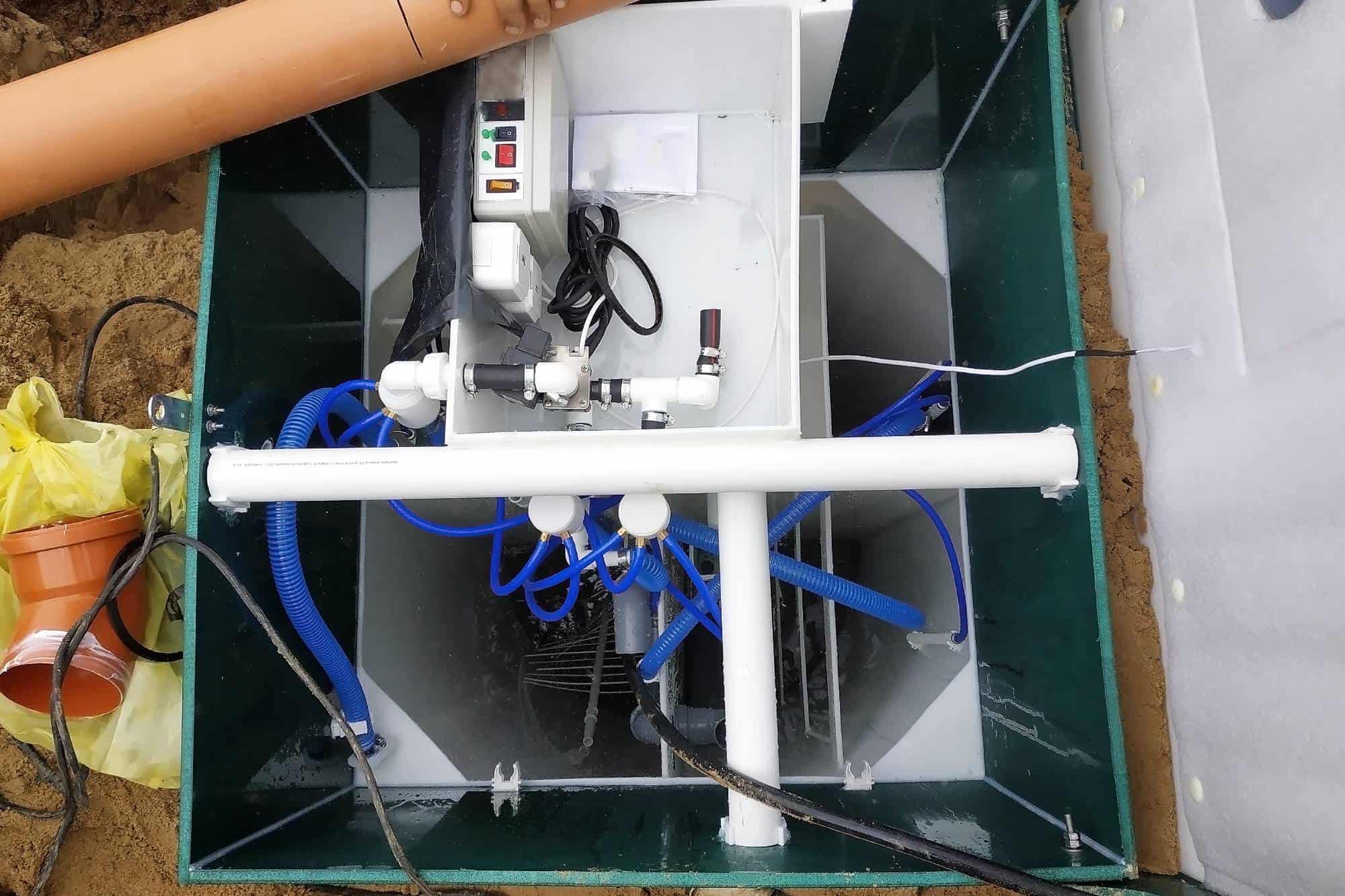Professional sump pump installation that actually works when you need it most, with transparent pricing and same-day service.
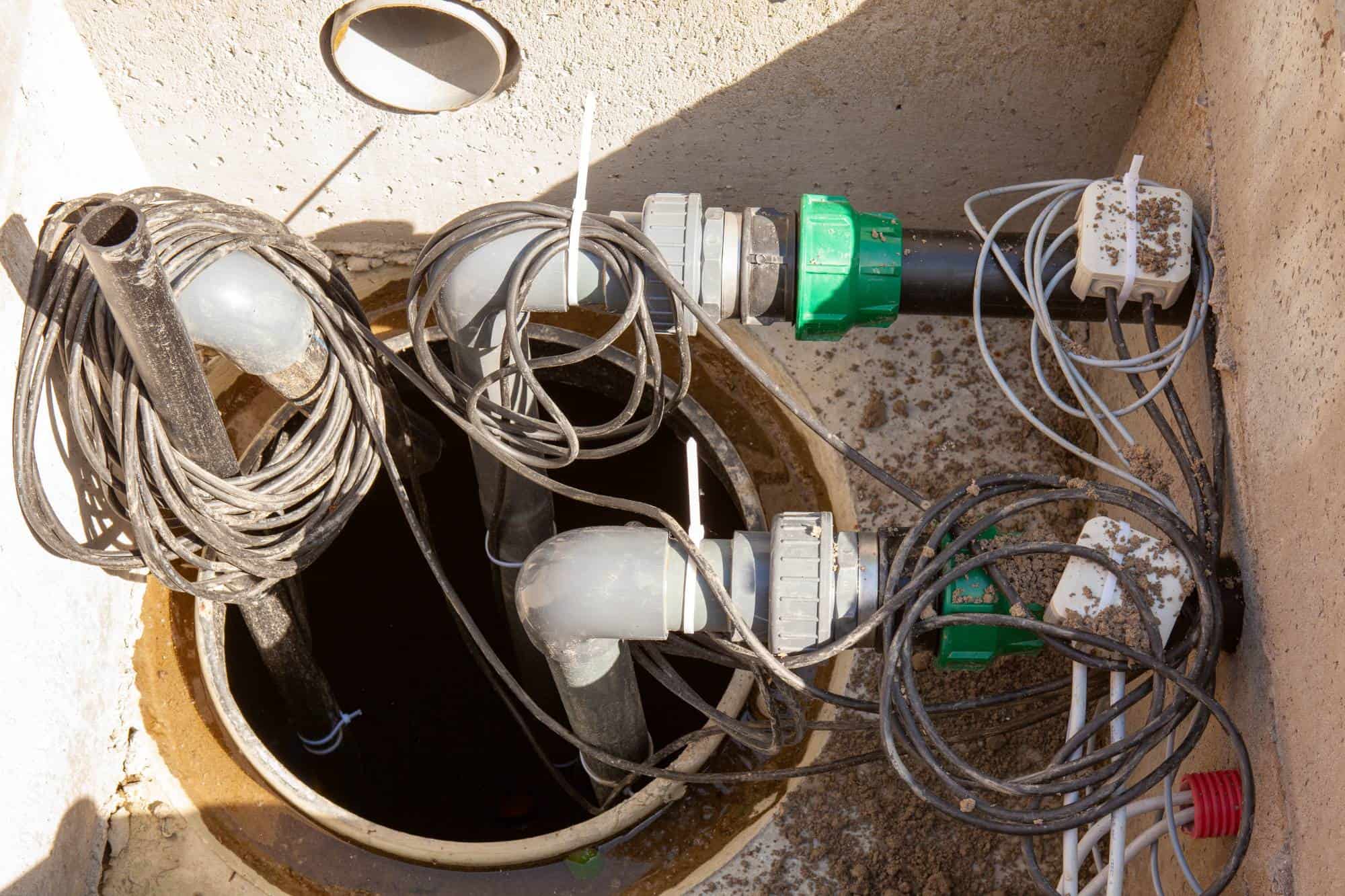
Hear From Our Customers
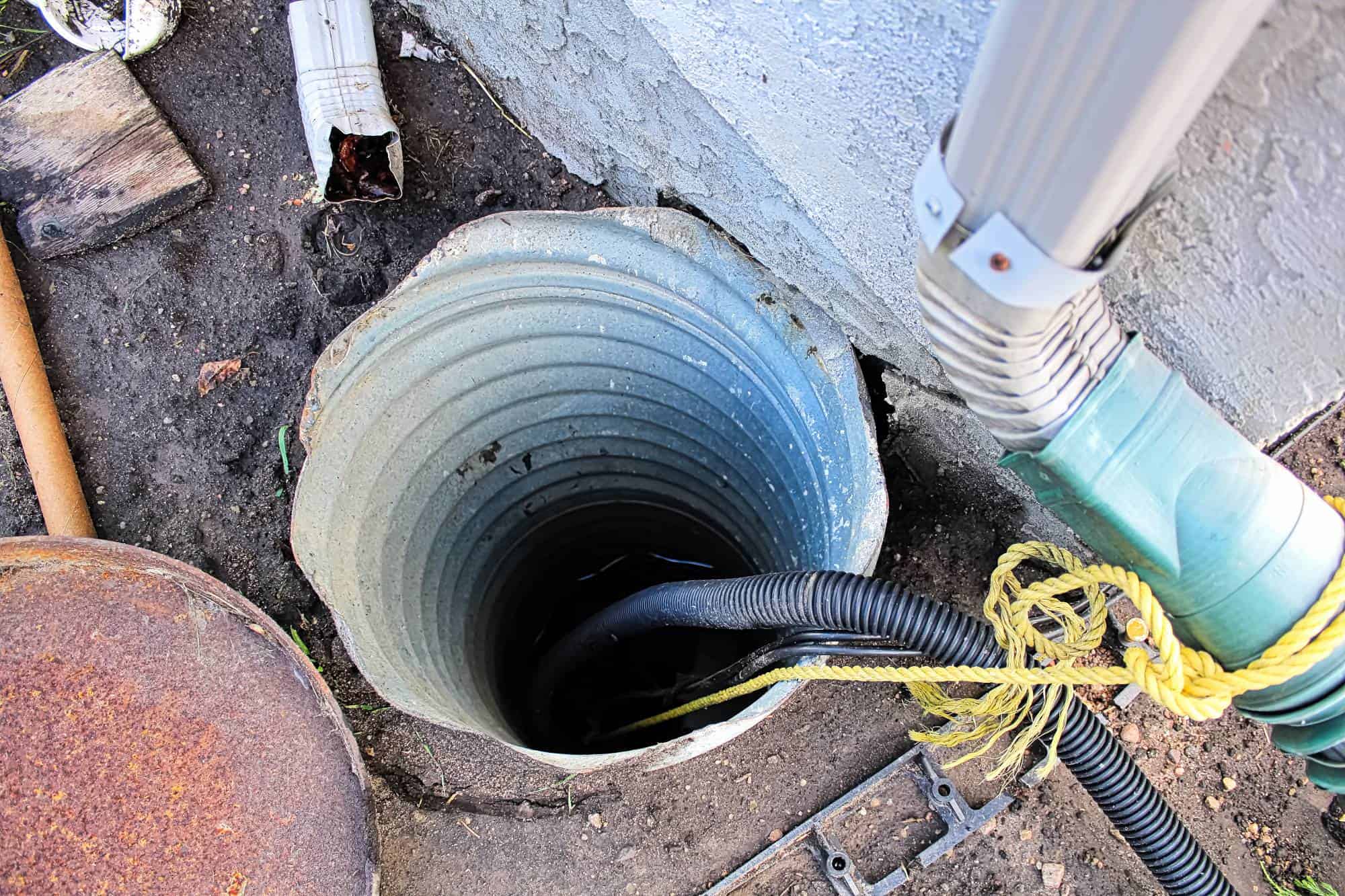
You’ll sleep better knowing your basement stays dry, even during Midlothian’s worst storms. No more rushing downstairs during thunderstorms to check for water. No more expensive cleanup bills or ruined belongings.
Your sump pump system works automatically, pumping water away from your foundation before it becomes a problem. You get peace of mind, protected property value, and the confidence that comes from having a real solution installed by professionals who know what they’re doing.
We’ve been serving Midlothian and the Chicago South Suburbs for over two decades. We’re a licensed, bonded, and insured family-owned company that understands the unique flooding challenges this area faces.
From the spring thunderstorms that roll through every year to the heavy rains that can overwhelm aging drainage systems, we’ve seen it all. That’s why we focus on permanent solutions, not quick fixes that fail when you need them most.
Our technicians live and work in these communities. We know which neighborhoods flood first and why your basement keeps getting wet.
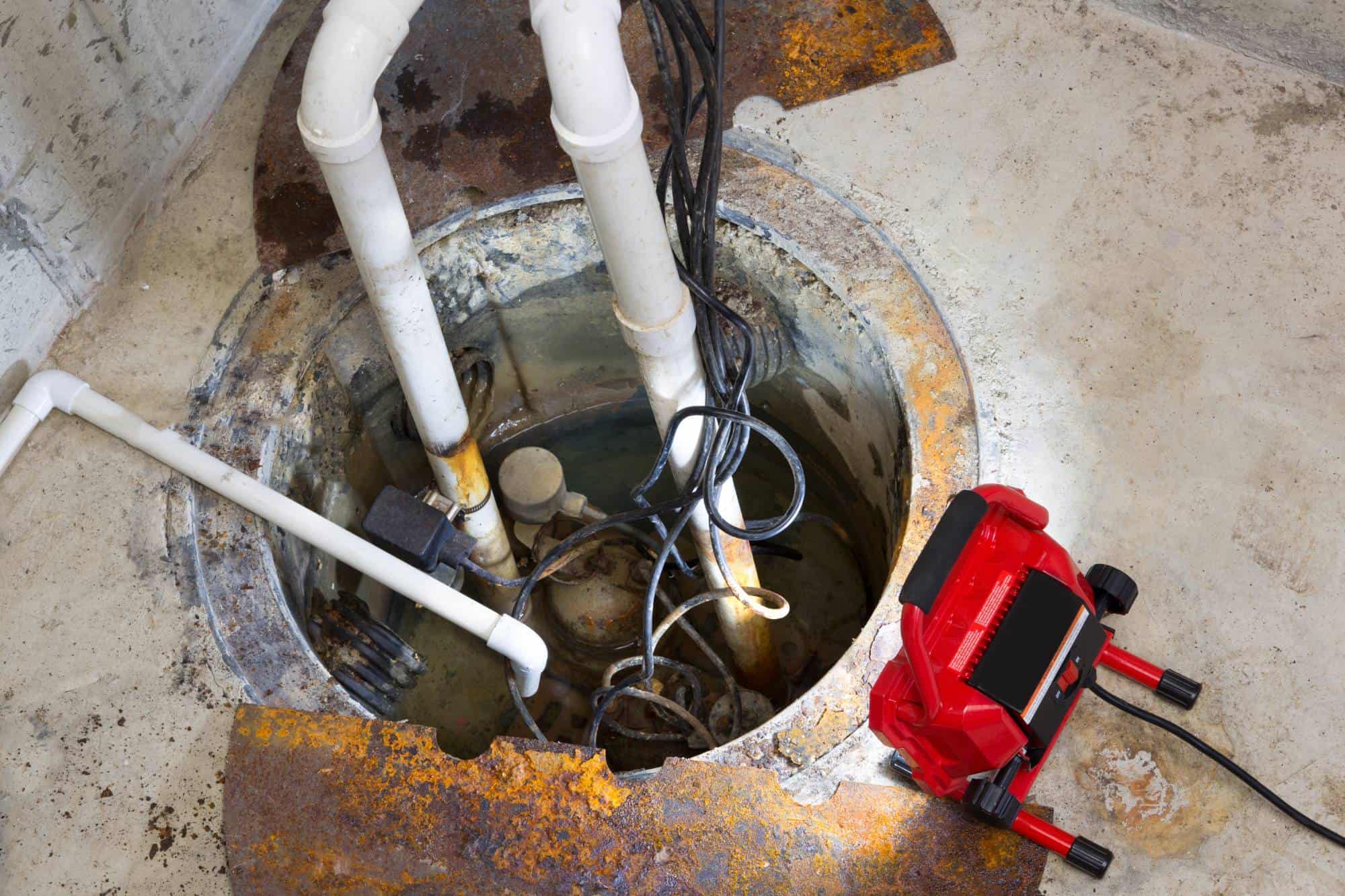
First, we assess your basement to determine the best location for your sump pit. This is usually the lowest point where water naturally collects. We’ll also check your existing drainage and electrical setup.
Next, we excavate the sump pit and install the basin liner with proper gravel bedding. Then we position your pump, connect the discharge piping, and hook everything up to your electrical system with all required safety measures.
Finally, we test the entire system to make sure it cycles properly and pumps water away from your foundation effectively. You’ll see exactly how it works before we leave, and we’ll explain basic maintenance so you know what to watch for.
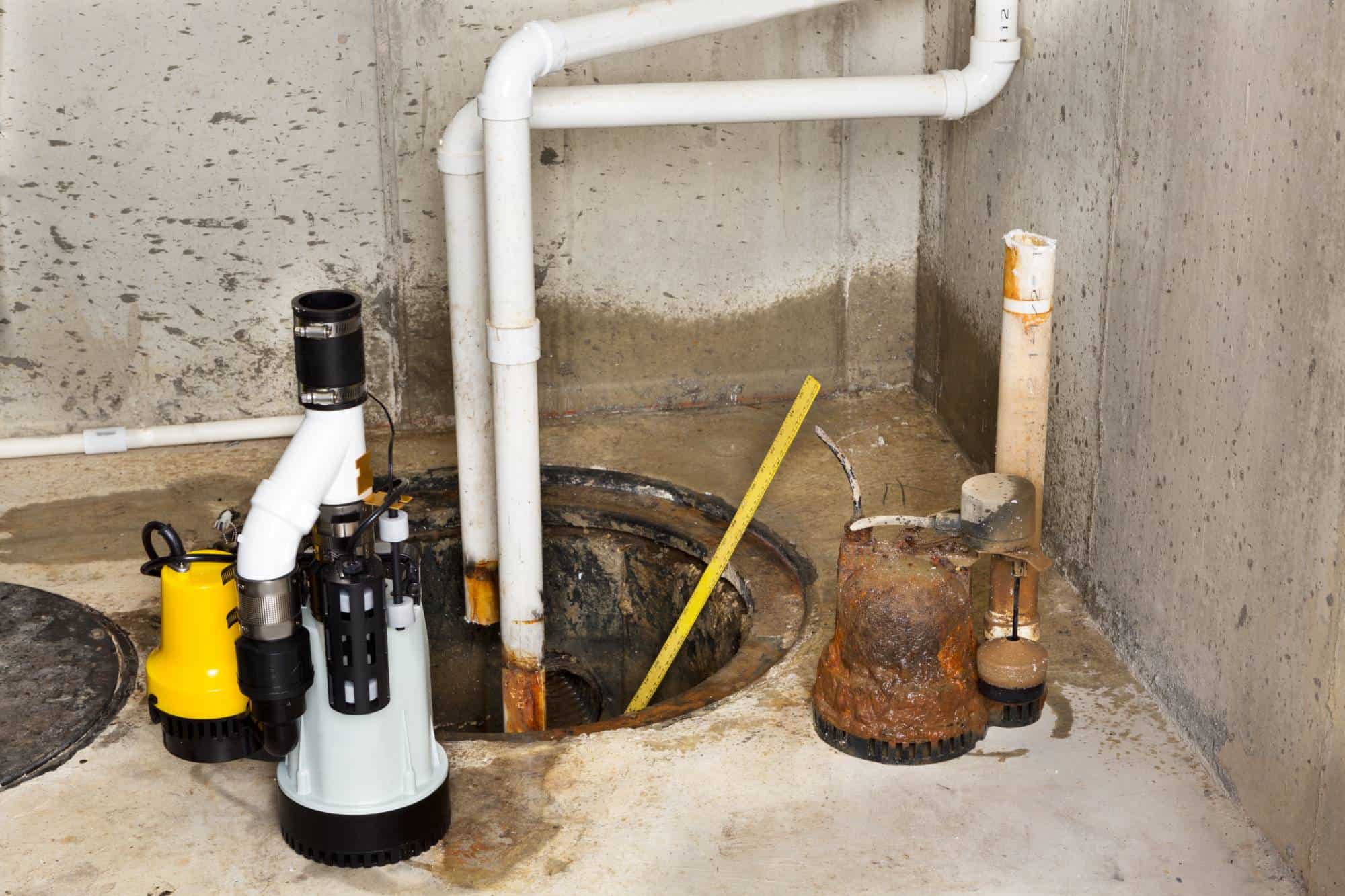
Ready to get started?
Your sump pump system includes the pump unit, sump basin, discharge piping, and electrical connections. We use quality components designed to handle Midlothian’s soil conditions and typical water table fluctuations.
For homes in flood-prone areas near Midlothian Creek or the Cal-Sag Channel, we often recommend submersible pumps with battery backup systems. These provide extra protection during power outages, which often coincide with severe weather.
We also install proper check valves to prevent backflow and ensure your discharge pipe directs water far enough from your foundation. Everything is installed to local building codes with permits handled as needed.
